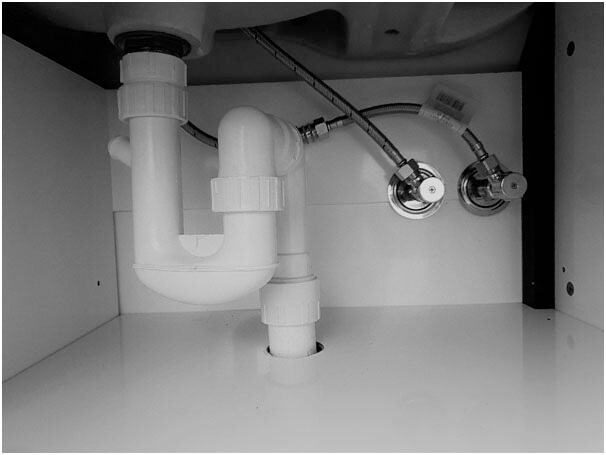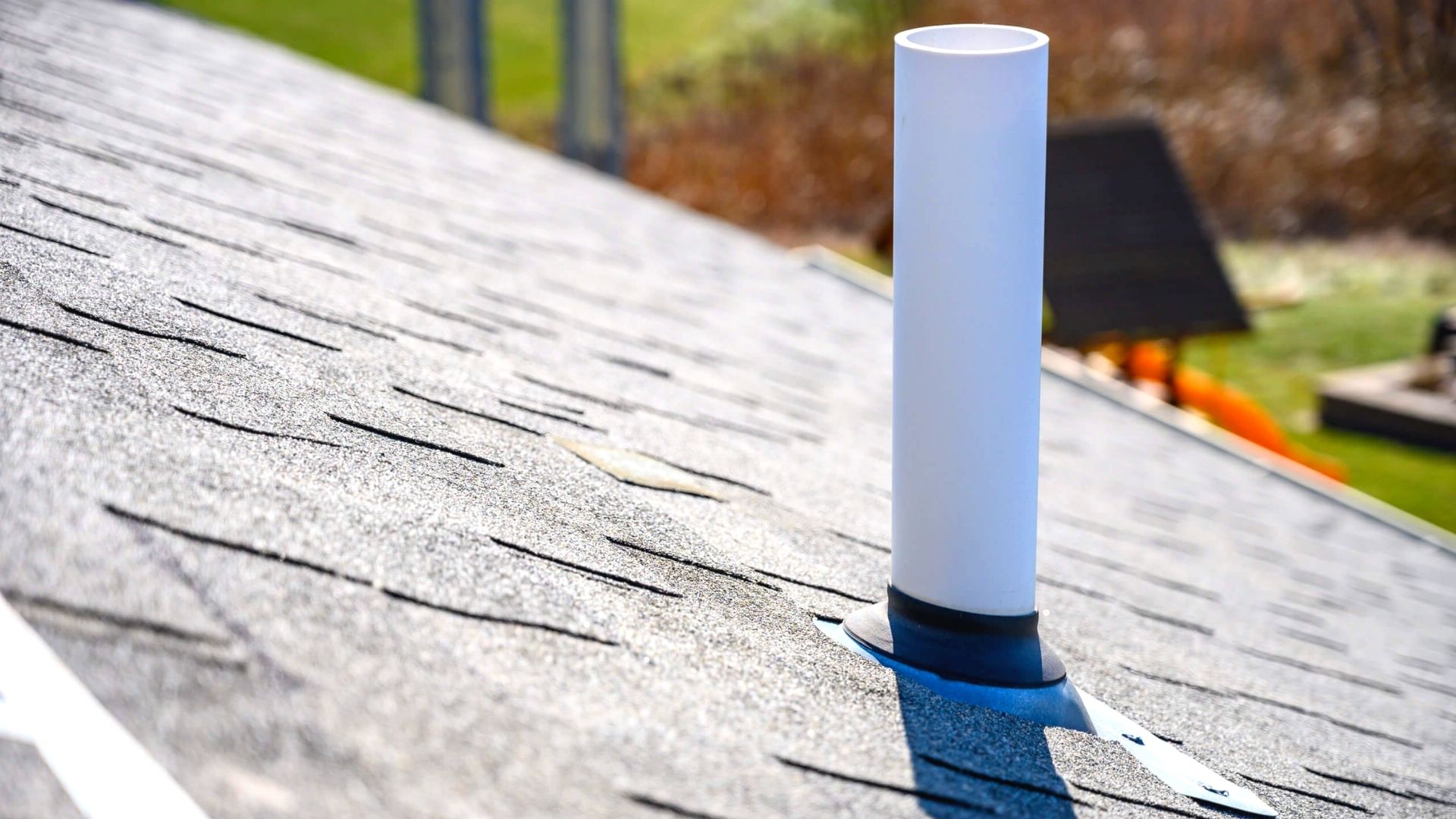Have you been in search of details concerning What Is a Plumbing Vent and Why Is It Important?

Appropriate ventilation in plumbing systems is frequently forgotten, yet it is critical for keeping the performance and safety and security of your home's pipes. Ventilation aids control air pressure, protect against the buildup of damaging gases, and ensure the reliable removal of waste. In this overview, we will explore the significance of proper plumbing ventilation, exactly how it functions, and the benefits it offers your pipes system.
Comprehending Air Flow in Pipes
Ventilation in pipes refers to the network of pipes that enable air to move with the water drainage system. These vents offer numerous purposes, consisting of controling air pressure within the pipes, avoiding sewer gases from going into the home, and assisting in the smooth circulation of wastewater.
Exactly How Air Flow Functions in Plumbing Solutions
Atmospheric Pressure Law
Correct ventilation keeps well balanced atmospheric pressure within the plumbing system. When water streams via pipes, it displaces air. Without sufficient ventilation, this displacement can produce negative stress, causing slow down drains pipes or siphoning of water from traps, which can trigger undesirable smells to leak right into the home.
Stopping Sewage System Gas Build-up
Among the most critical functions of plumbing vents is to prevent drain gases, such as methane and hydrogen sulfide, from building up within the home. These gases can present severe wellness dangers and are highly flammable. Vent pipelines permit these gases to escape safely outside.
Aiding in Waste Removal
Ventilation aids in the effective removal of wastewater by protecting against airlocks in the drain system. When air can stream easily through the vents, it permits water and waste to move efficiently with the pipes, minimizing the risk of obstructions and back-ups.
Sorts Of Plumbing Vents
Main Heap Vent
The major pile vent, likewise called the vent pile, is the key vent in a pipes system. It expands from the primary drain align through the roofing, enabling gases to get away and fresh air to enter the system.
Branch Vent
Branch vents link to the major pile air vent and serve individual components, such as sinks, toilets, and showers. These vents make sure that each component has sufficient air flow to function effectively.
Air Admittance Valve (AAV).
An Air Admission Valve (AAV) is a one-way valve that permits air to enter the plumbing system without the requirement for a standard air vent pipeline expanding via the roof. AAVs are typically made use of in renovations or locations where setting up a basic air vent is impractical.
Indications of Poor Ventilation in Plumbing.
Slow Draining Fixtures.
If your sinks, bathtubs, or bathrooms are draining pipes slowly, it could be an indication of inadequate ventilation. Insufficient air flow can produce a vacuum cleaner impact, making it challenging for water to drain effectively.
Gurgling Appears.
Gurgling audios originating from drains pipes are typically an outcome of air being sucked through water traps as a result of negative pressure in the pipes. This is a clear indication of insufficient ventilation.
Undesirable Smells.
Sewage system odors inside your home are a warning that your plumbing system is not properly aerated. This can mean that sewage system gases are not being properly vented outside, leading to potentially unsafe problems.
Typical Ventilation Mistakes.
Insufficient Vent Sizing.
Utilizing small air vent pipelines can bring about poor air flow and pressure inequalities in the system. It's vital to utilize vents that fulfill the particular needs of your plumbing system.
Improper Vent Placement.
Positioning vents also far from the components they serve can minimize their performance. Appropriate placement makes sure that air can flow easily and efficiently via the system.
Ignoring Code Demands.
Building codes provide certain guidelines for plumbing ventilation. Neglecting these codes can cause a system that fails to operate appropriately and may bring about costly repair work or carcinogen.
Benefits of Appropriate Air Flow.
Boosted System Performance.
Correctly aerated pipes systems operate extra efficiently, with less blockages, faster draining pipes, and less pressure on the pipelines. This performance expands the life-span of the pipes system.
Improved Air High Quality.
By stopping sewer gases from entering your home, appropriate air flow contributes to far better indoor air high quality, making your living setting healthier and much more comfy.
Preventing Water Damage.
Adequate air flow aids prevent water from being siphoned out of traps, which can lead to sewer gases entering the home and creating water damages over time.
Steps to Ensure Appropriate Air Flow.
Consulting Pipes Codes.
Always speak with neighborhood plumbing codes when creating or customizing your pipes system. These codes provide the essential guidelines for appropriate airing vent and guarantee your system fulfills security criteria.
Normal Evaluation and Upkeep.
Regular examinations can aid recognize potential air flow issues before they become significant troubles. Maintenance jobs, such as cleaning vent pipes and checking for obstructions, are important for keeping the system in good working order.
Expert Setup.
For brand-new installations or major adjustments, it's wise to hire an expert plumbing professional. They have the know-how to make sure the air flow system is properly designed and set up according to code.
Final thought.
Correct air flow is an essential element of any kind of plumbing system, making sure that it works effectively and securely. By understanding the importance of air flow, identifying the indicators of poor air flow, and taking steps to keep your system, you can prevent pricey concerns and secure your home's air high quality.
4 Things You Should Know About Your Plumbing Vents
What Plumbing Vents Are
Also called a vent stack, a plumbing vent is a vertical pipe attached to your drain line that runs through your roof. The plumbing vent pipe, or plumbing air vent, removes gas and odors from your plumbing system and allows fresh air to enter the pipes, helping the water to flow out of the drain pipes.
What Plumbing Vents Do
Plumbing vents have two basic functions. One of which is to allow unpleasant smelling wastewater and sewer gasses to escape your plumbing system instead of entering your home. Plumbing vent pipes are typically located on roofs, away from windows, to ensure the fumes exit the home completely.
The other function of the plumbing vent is to move fresh air into your plumbing system. This helps move water through every plumbing fixture in your house, like toilets and sink drains. Think of the way in which you need to let a little air into the bottle as you pour soda in order to make the drink flow smoothly.
Different Types of Plumbing Vents
True vent: This is the most common vent option. In simplest terms, a true vent is a vertical pipe attached to your drain line that exits through the roof. They often function as the main vent that other fixtures can connect to. Re-vent pipe or auxiliary vent: Attached to the drain line near specific plumbing fixtures, re-vent pipes run up and over to connect to the main vent. Common vent: Two plumbing fixtures installed on opposite sides of a wall are typically tied into the vent stack using something known as a sanitary cross. Wet vent: This venting option operates as a drain pipe and a vent at the same time. Wet vent drainage systems drain water from one fixture while venting the air from another. Although they’ve been used for over 100 years, wet vent systems have only recently been added to the plumbing code in many areas. If you’re planning on installing one in a bathroom remodel, make sure you check your local code prior to construction. Loop vent: For free-standing fixtures like kitchen island sinks, loop vents are ideal. These vent pipes run under the floor, rise from the P-trap, and create a loop inside the cabinet sink. Air admittance valve: An AAV is a one-way mechanical valve typically installed at the site of the plumbing fixture. AAVs allow venting to occur without having to tie into a larger venting system. They’re ideal for venting fixtures where you aren’t able to easily connect to an existing vent system. Common Plumbing Vent Issues
Although vent pipes typically don’t have water flowing through them, they’re still subject to many typical plumbing issues. For example, clogs are one of the most common problems associated with sewer vent pipes. If your vent pipe gets clogged, all of your plumbing fixtures tied into the vent stack will be affected.
A sink with a slow drain that bubbles and gurgles or a strong sewage smell around your toilet are both indicators that your toilet vent pipe is clogged. Because most vent pipes exit through the roof, old leaves, twigs or even a bird’s nest could be clogging the pipe.
Clogs in your vent pipe system cause a buildup of negative pressure, meaning that water won’t be able to flow out of your home very well. It’s similar to putting your finger over the opening of a straw to trap water inside. When you remove your finger, the water is able to flow out of the straw.
If you suspect you have any blockage in your vent, make sure you have a professional come examine the situation. Left unchecked, a blocked air vent can lead to other costly repairs, like leaks and sediment buildup.
Under Pressure
Pipe vents are essential aspects of a home’s plumbing system. Owning a home means learning about all sorts of things you never put much thought into before. But by understanding as much as you can about the important systems of your home, you can keep those budgets intact and those anxiety levels low.
https://www.homeserve.com/en-us/blog/home-improvement/plumbing-vents/

Do you enjoy reading about ? Post a remark below. We'd be pleased to know your thinking about this write-up. Hoping to see you back again before long. If you appreciated our blog posting if you please don't forget to pass it around. Bless you for your time. Come back soon.
Call